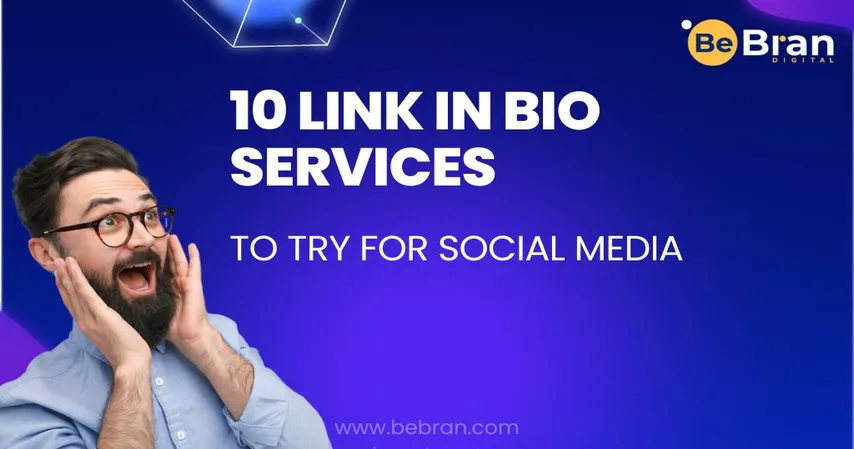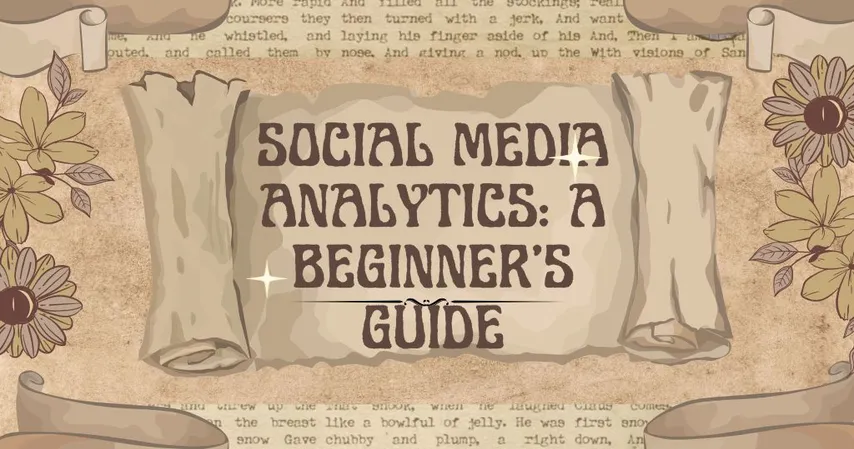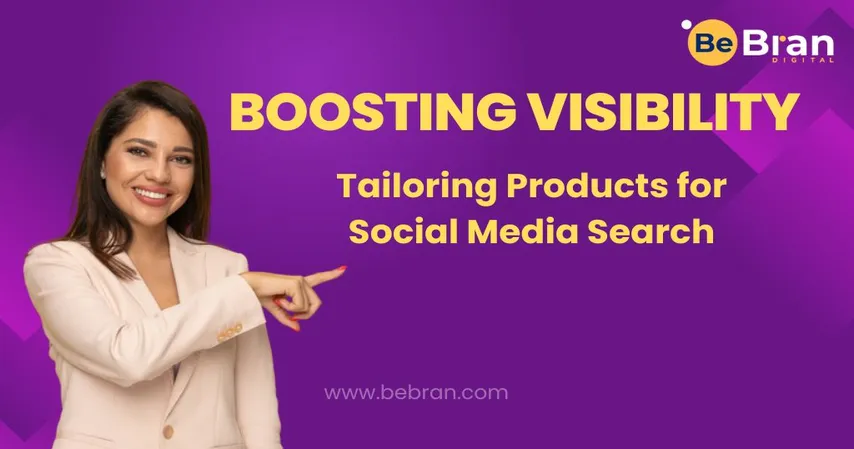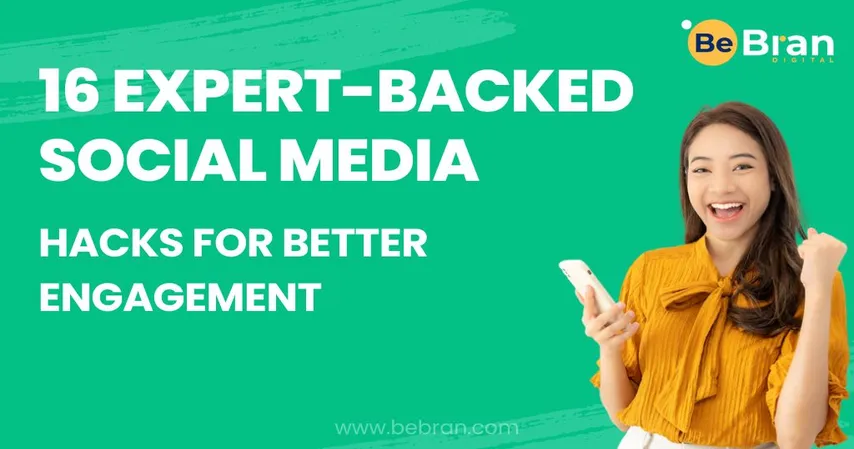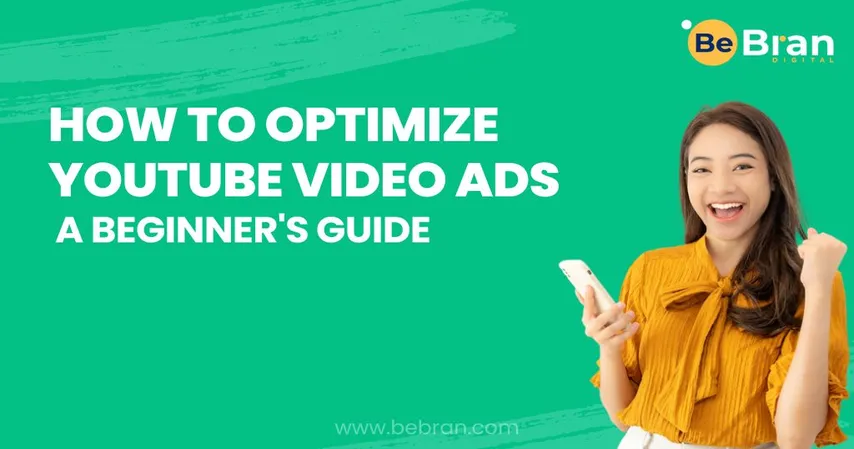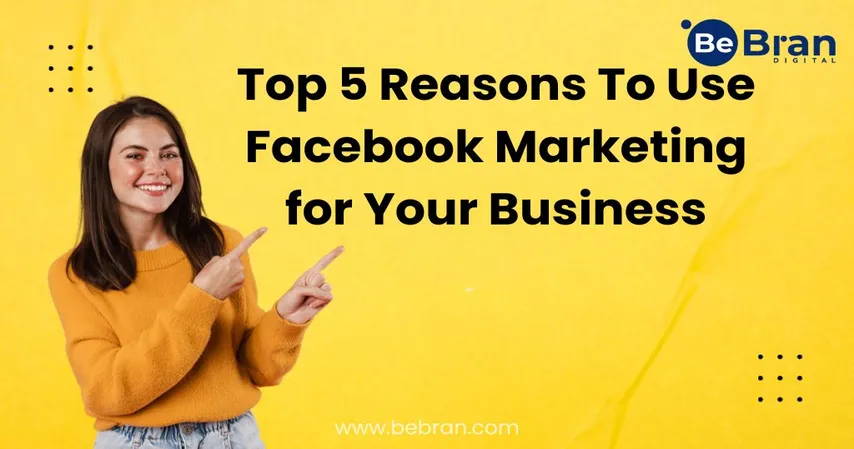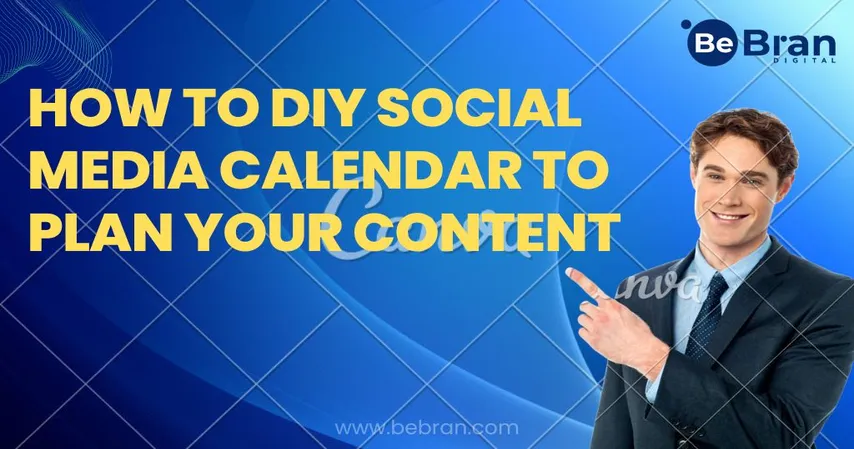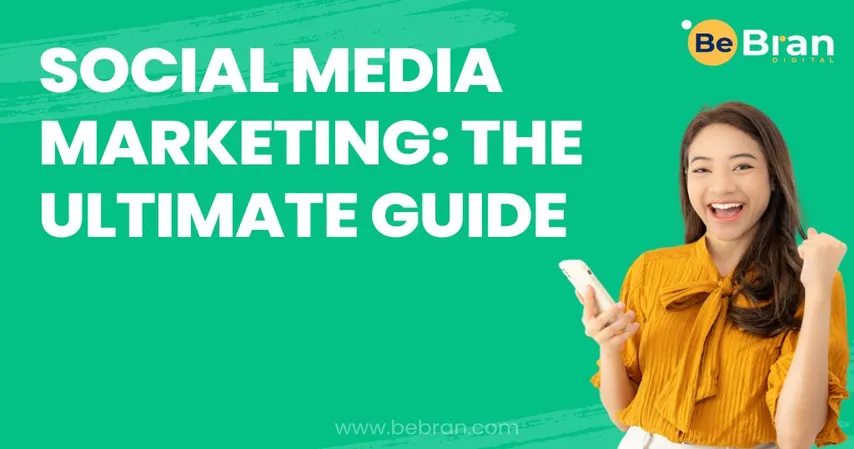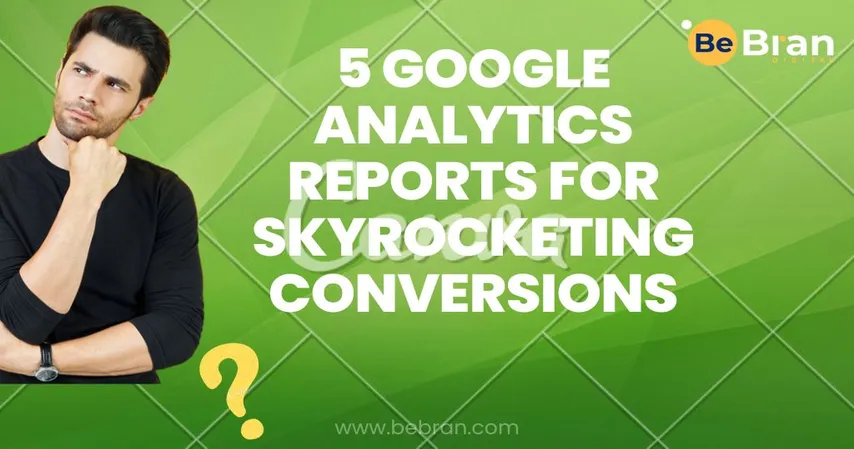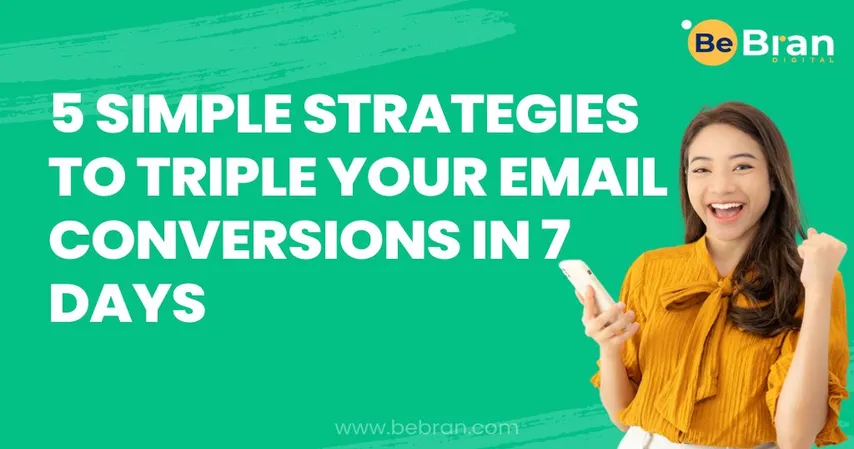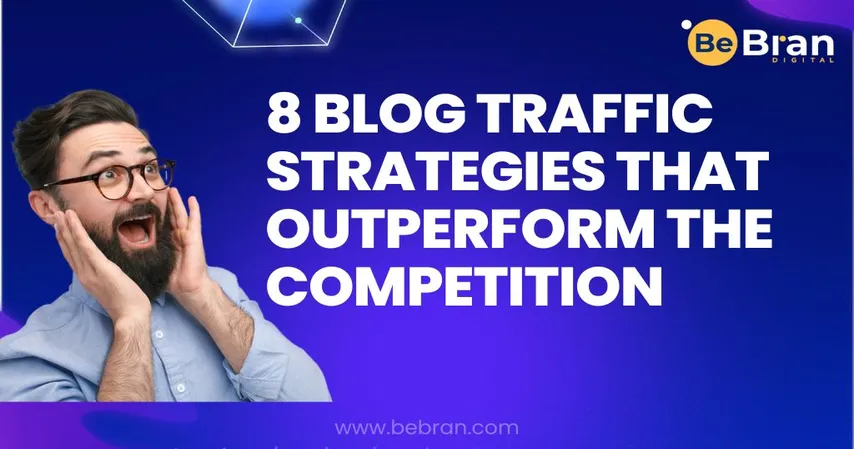Setting up a Facebook Business Manager account is the first step to launching successful Facebook Ads campaigns. It's a centralized platform where you can manage your ads, Pages, and business assets. Here's a step-by-step guide to help beginners get started:
1. Access Business Manager:
Go to business.facebook.com and click "Create Account."
Enter your business name, your name, and your business email address.
2. Add Business Details:
Follow the prompts to add more business details like your business address and phone number.
3. Add Ad Accounts:
Click on "Ad Accounts" in Business Settings and then "Add."
Enter your ad account ID (if you have one) or create a new ad account.
4. Assign Roles:
Assign roles to people who will work on your account. You can add employees and grant them specific permissions.
5. Add a Facebook Page:
Click on "Pages" in Business Settings and then "Add."
Select the option to claim an existing Page or create a new one.
6. Add Payment Methods:
Go to "Payment Center" and add your preferred payment methods for running ads.
7. Verify Your Business:
Verifying your business adds an extra layer of security and trust. You can do this by mail or phone.
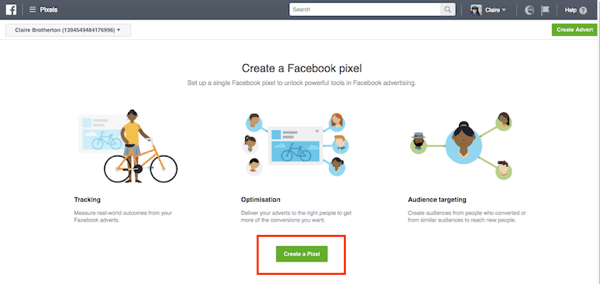
8. Install Facebook Pixel:
If you have a website, install the Facebook Pixel. It tracks website activity and helps you measure the effectiveness of your ads.
9. Set Up Custom Conversions:
Custom conversions allow you to track specific actions on your website, such as purchases or sign-ups.
10. Create a Product Catalog:
If you're an e-commerce business, create a product catalog in Business Manager. It's essential for dynamic ads.
11. Connect Instagram:
If you plan to run ads on Instagram, connect your Instagram account in Business Settings.
12. Launch Your First Ad:
Once everything is set up, you're ready to create your first ad campaign. Click on "Ads Manager" and follow the prompts to define your target audience, set your budget, and design your ad.
Remember that Facebook Business Manager provides a structured environment for managing your advertising efforts efficiently. Take your time to explore its features and get comfortable with the platform before launching your campaigns.







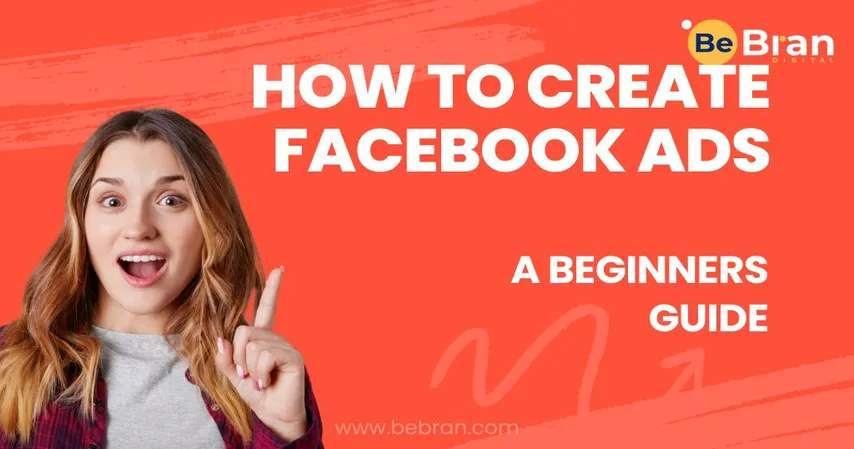




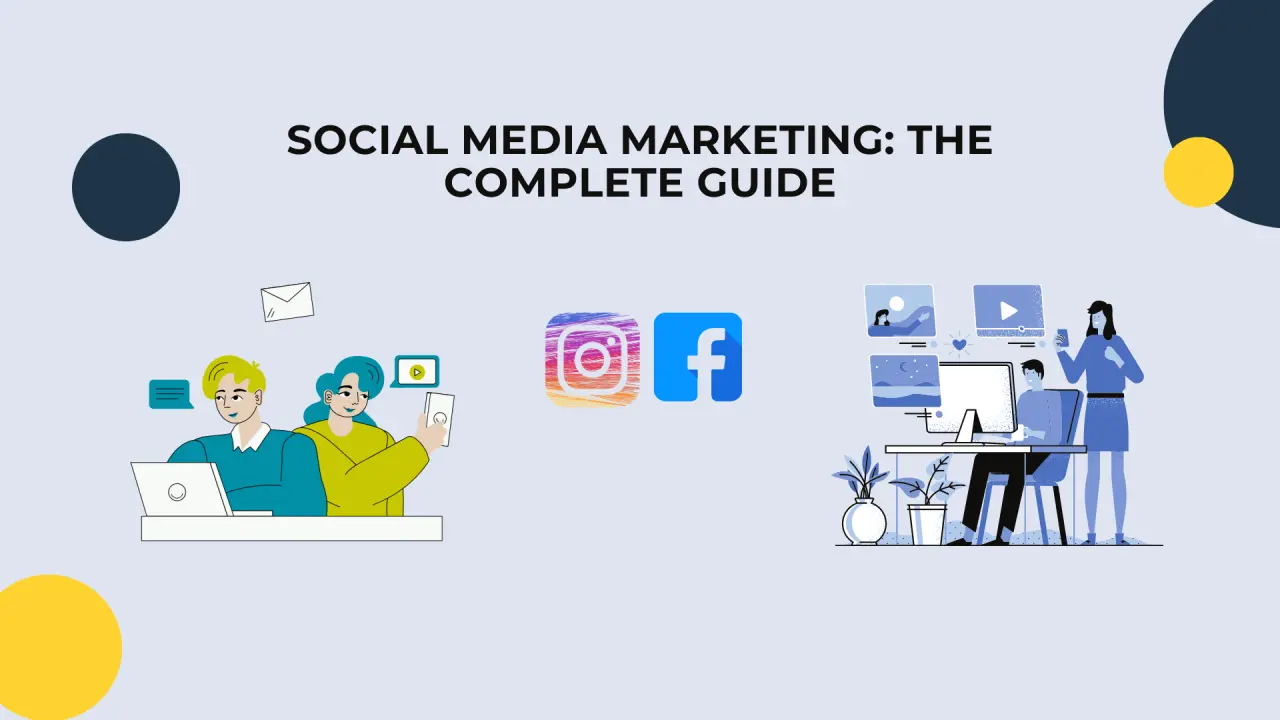


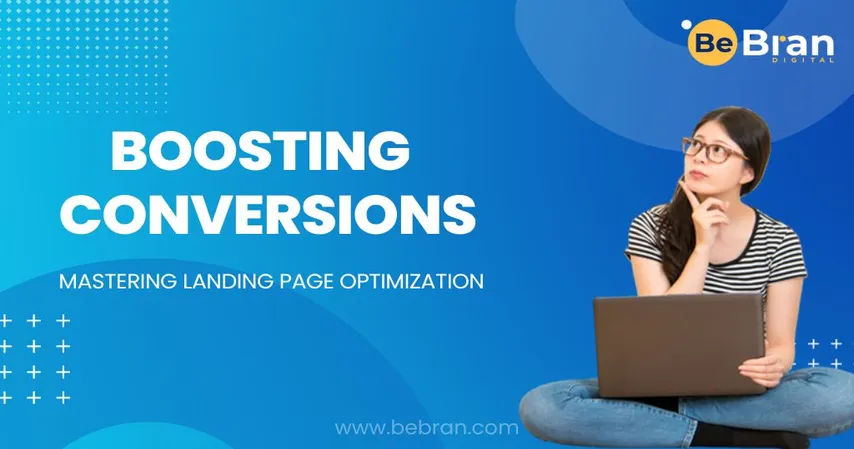



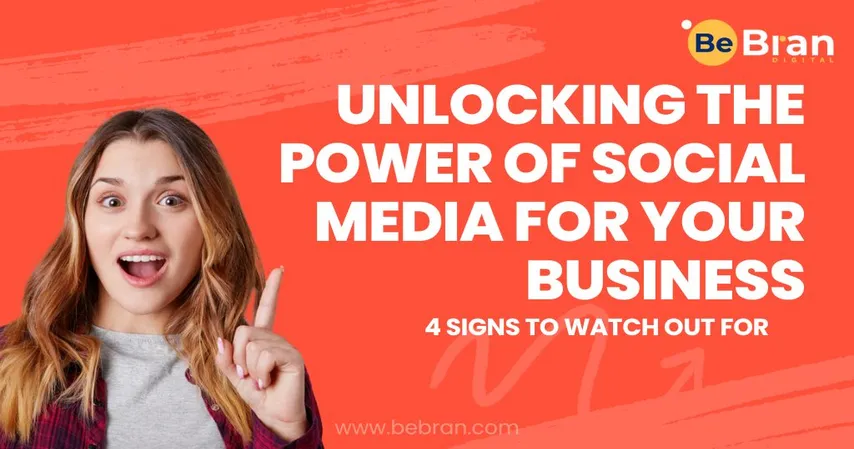

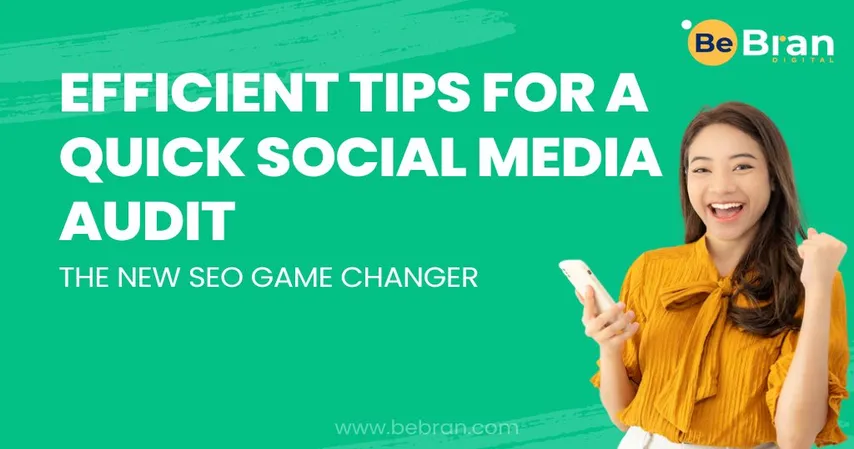



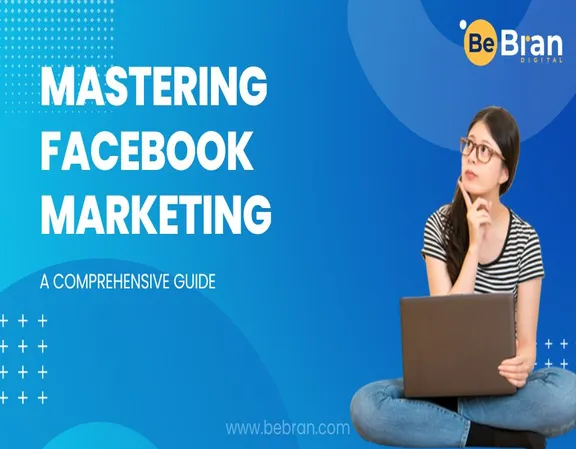


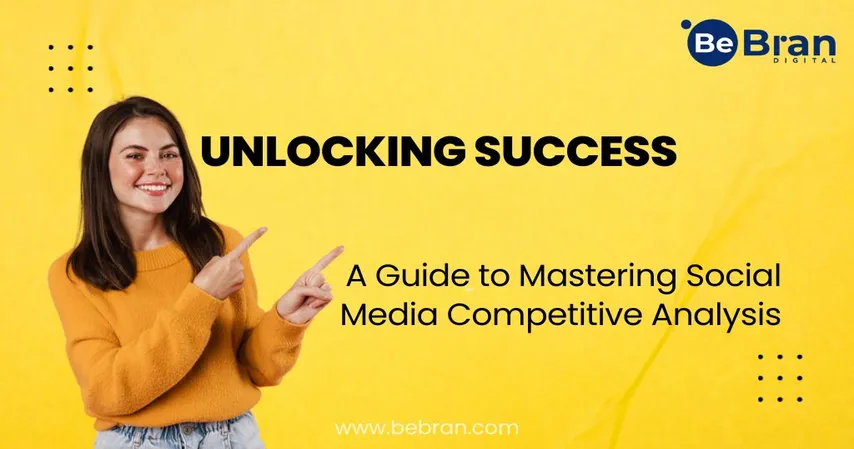






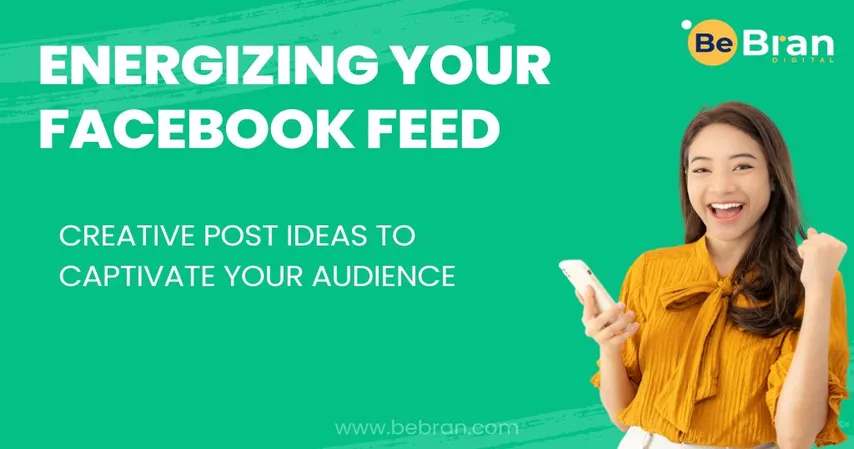



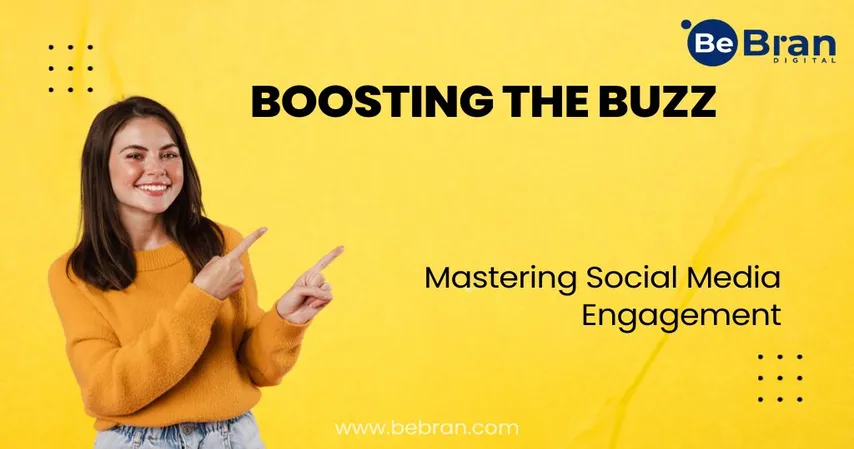

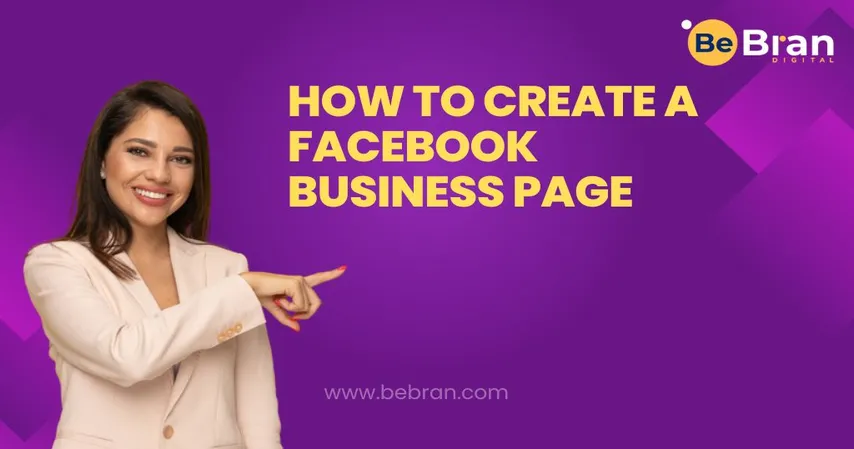

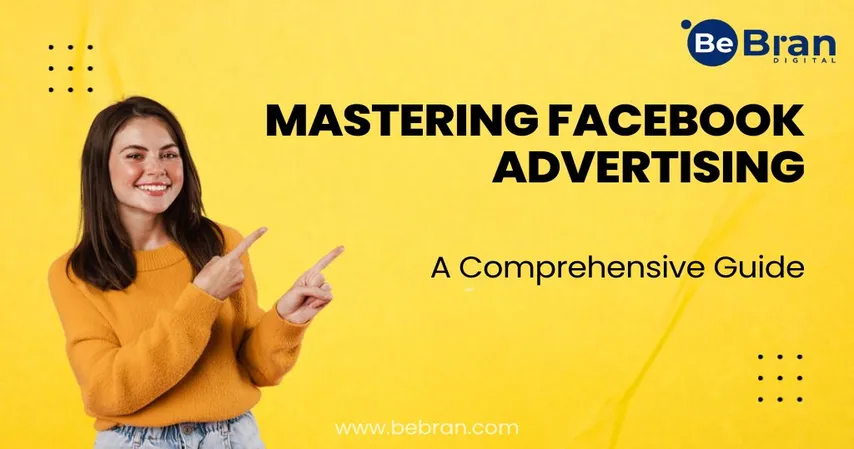




![1707475220 Bebran[1]](https://bebran.com/public/uploads/1709981262_1707475220_bebran[1].webp)








